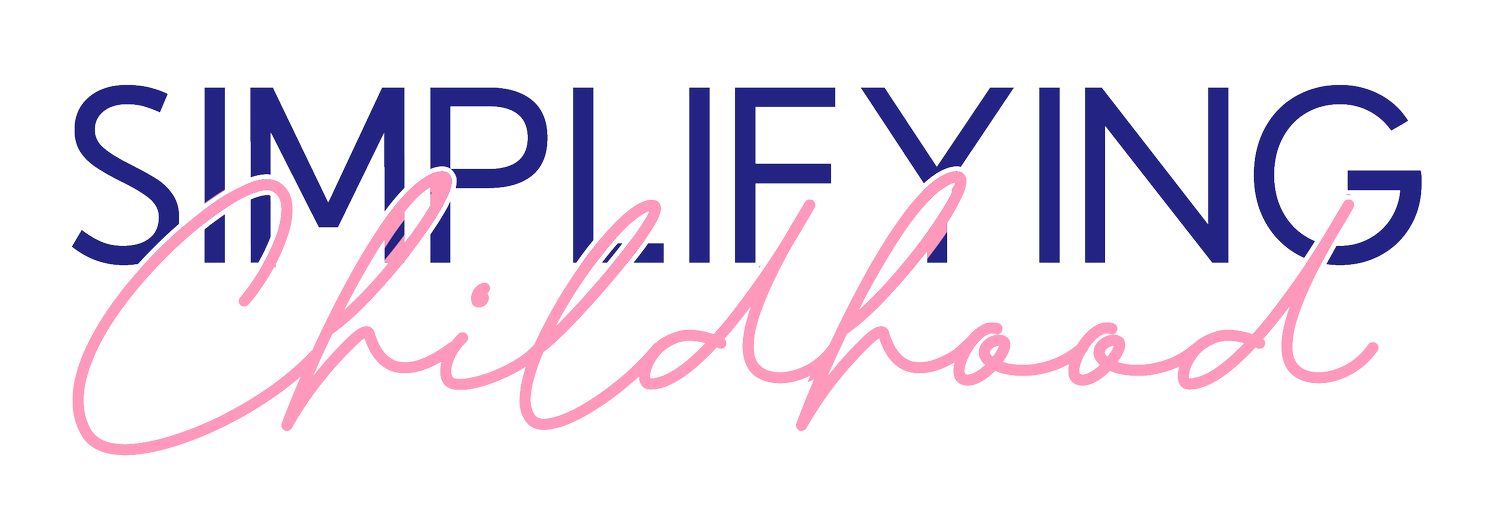4 Quick and Simple Ideas for using Bobbins
Get ready this is going to be quick! Firstly why bobbins? These are so open ended and easy to use for so many different ideas! The options are endless.
Loose parts play involves materials that are easily manipulated, moved, combined, and re-combined. The notion of loose parts is inspired by Reggo Emilla but was first developed by Simon Nicholson in 1971.
These are open ended items and can be anything, they do not even have to be store brought. To be considered a loose part item, it must
Have no defined or set use
Be accessible and available
rings
bobbins
pine cones
straws
beads
cardboard
Open-ended materials, environments, and experiences encourage problem solving and are child centered.
So what are children learning with loose parts?
Problem Solving
Engineering
Creativity
Concentration
Hand-eye coordination
Fine motor development
Social/emotional development
So from this: as with all loose parts follow the child, these are 4 activities we did today that were simple, fun and followed her led. She began and swapped and changed these throughout the play and really that is what we are looking for with loose parts play.
Idea 1 - Threading
Threading with the rings is easier, but make sure your stopper is large enough. We drilled a hole through some spare wood to create a stopper large enough. You could also purchase a wooden needle. If threading with a string is too difficult consider using pipe cleaners to make this easier as they are more rigid. To make this more complex smaller beads with increase the fine motor difficulty or creating patterns would add more mathematical concepts.
Idea 2 - Stacking
How high can you make these? We could get all 6 of ours stacked. The concentration for this was intense! It took so much problem solving and find motor work to be able to balance these on top of each other.
Idea 3 - Ordering
This is amazing for all loose parts. On our race track lines (read masking tape on the floor), we lined them up. For today this was as far as the play progressed but there are so many ways this could extend, ordering by size or height, colour coding and patterning, order in zig zags or straight lines, measure lines or items using loose parts! So many possibilities here.
Idea 4 - Colour matching
We purchased our bobbins from Peg Play Designs, and these are hand painted with matching colours. For use this happened naturally with Little Ninja placing the rings over the bobbins and naming the colours. However, you can also use colour flash cards for matching, a range of loose parts of slightly different shades to build colour recognition. Your set and items dont need to match exactly for this to be fun or learning.
The wider the range of possibilities we offer children, the more intense will be their motivations and the richer their experiences.
-Loris Malaguzzi, Founder of the Reggio Emilia Approach





